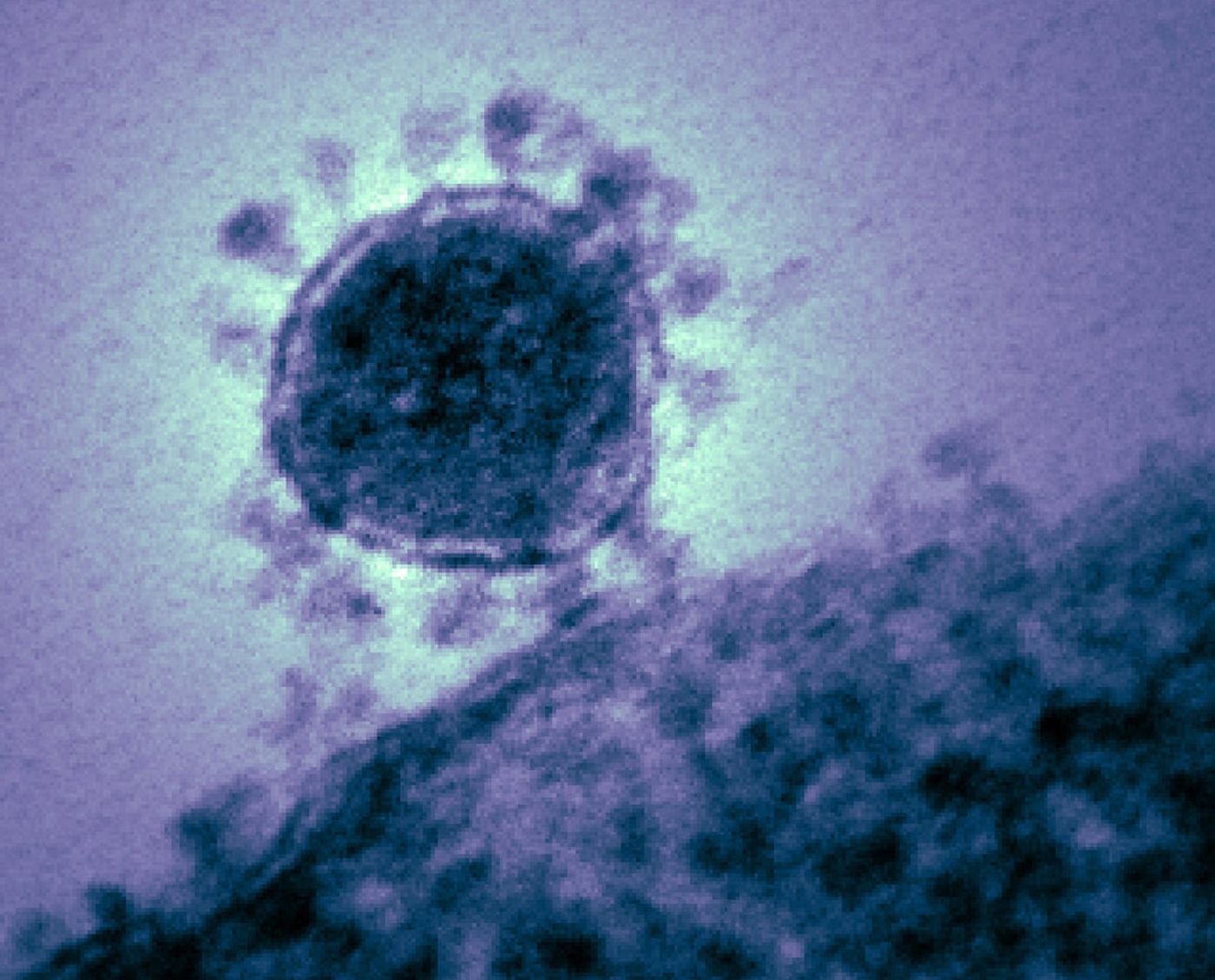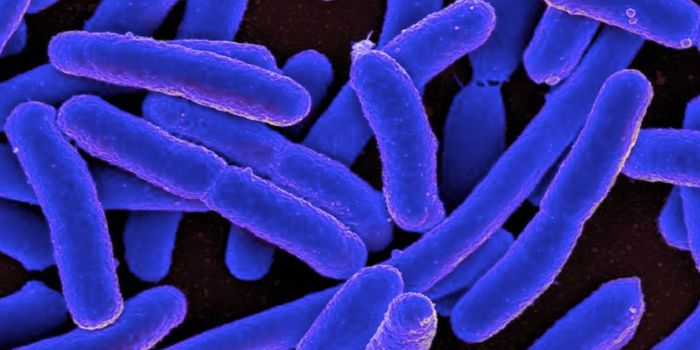Is Coronavirus Spillover More Common Than We Knew?
While many people are most familiar with the coronavirus that causes COVID-19, which is called SARS-CoV-2, there are many other coronaviruses. In spillover events or zoonosis, a microbe has the ability or gains genetic features that enable it to infect cells of another species. While the exact origins of SARS-CoV-2 are still under debate and may never be known for sure, the prevailing theory is that it jumped from an animal host to infect people, which has happened many times in the past with other viruses. Researchers have now suggested that coronaviruses can jump from animals to humans more often than we knew.
Reporting in the journal of Clinical Infectious Diseases, scientists have retroactively identified a coronavirus that infects dogs in a sample from a medical professional who had spent time in Haiti in 2017. This individual had been sick with fatigue and fever. This research was part of an effort to investigate illnesses in Haiti that included fevers with unexplained causes. Dengue, Zika, and chikungunya are found in the region, so if a patient suspected of having a viral illness does not test positive for any of these viruses, additional investigation occurs.
In this work, after the sample had not revealed known viruses, cell cultures were inoculated with the patient's urine sample. The cells showed signs of viral infection, and tests indicated it was a coronavirus. It did not match with known coronaviruses, however, and RT-PCR did not reveal the identity of the virus.
A genetic analysis was then conducted. Parts of the viral genome were sequenced, and the researchers compared them to a recently identified canine coronavirus that had infected people in Malaysia in 2021. The two viral sequences were found to be 99.4 percent identical. Both were canine coronaviruses that infected people. In Malaysia, it had causes symptoms that resembled pneumonia in several people.
In both Haiti and Malaysia, the virus did not seem to spread from the first coronavirus-infected people to other people. Human-to-human transmission does not always occur after zoonosis.
The coronavirus found in the traveler to Haiti had also undergone a process called recombination; it had integrated some portions of the genomes of other coronaviruses that infect dogs, cats, and pigs. This virus seems like it can really move around, even though coronaviruses were not thought to frequently cross the species barrier.
The coronaviruses SARS and MERS which caused outbreaks in 2002 and 2012, respectively, also came from animals.
"These concerns are underscored by the apparent ease with which this canine coronavirus appears to have acquired genes from other canine coronaviruses, as well as coronaviruses from pigs and cats," noted senior study author and UF Emerging Pathogens Director J. Glenn Morris, Jr., MD, MPH. "It is likely that this exchange of genes and movement among hosts has occurred for many years, as part of normal evolution."
Knowing more about these viruses can help us prevent another viral outbreak or deal with one if it happens, such as by developing new vaccines or medications, and potentially prevent another pandemic.
Sources: University of Florida, Clinical Infectious Diseases









